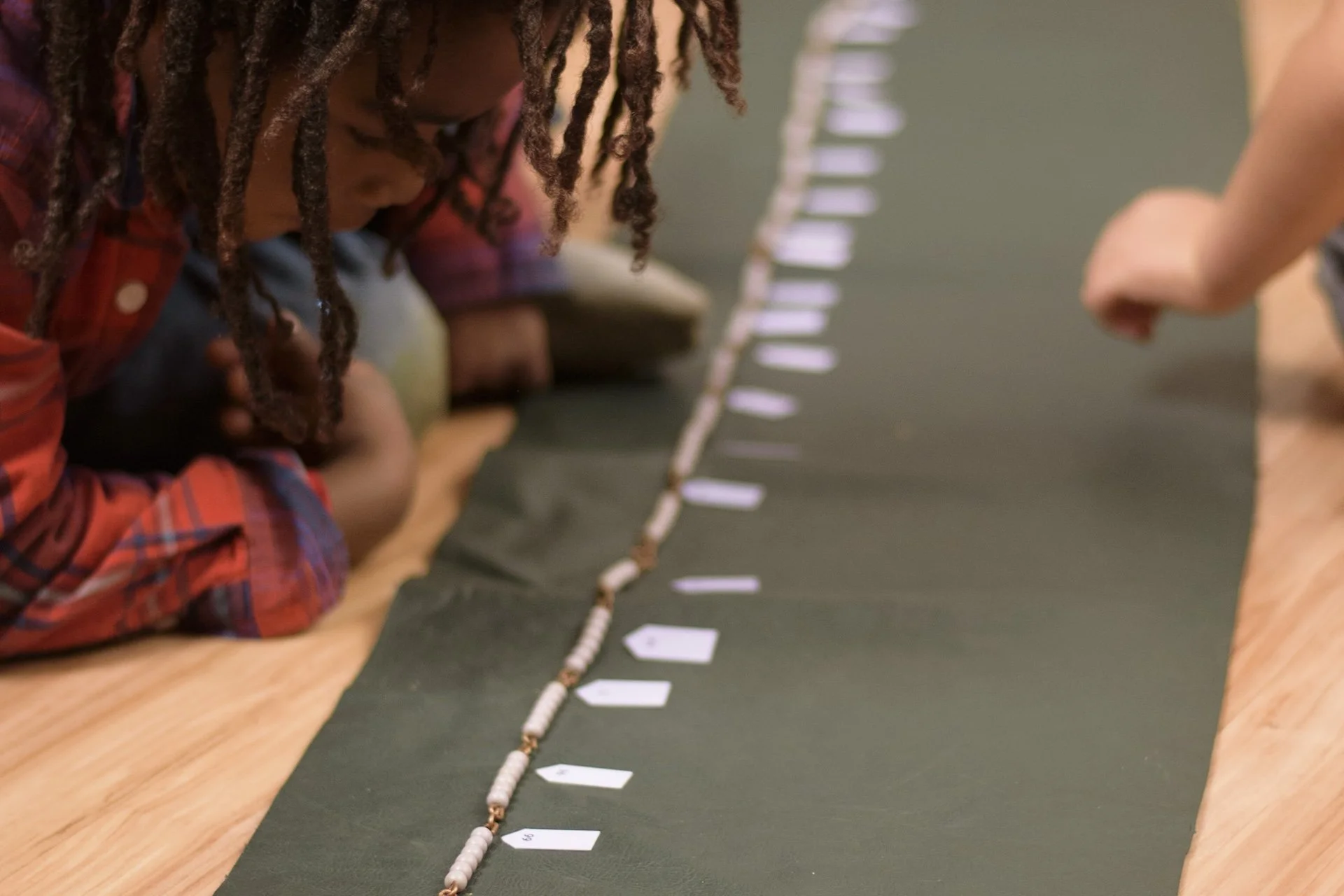Over the years, study after study has proven the importance of emphasizing reading in the lives of young children. The benefits are numerous and varied, and you can learn about just a few of them here. You have no doubt heard the advice before, but here are four simple steps to raising your child as a reader.
1. Read aloud to your child
If you don’t already, now is a great time to start. Regardless of their age, reading aloud to your child every day will make a huge impact. Babies begin to learn early language by hearing a parent read. Toddlers and preschoolers increase their vocabulary, which helps them excel in the classroom. Elementary-aged children can listen to your voice to learn about fluency, pace, inflection, and emphasis as they begin to read aloud. Even preteens and young teenagers stand to benefit from reading aloud if they’ll still let you (many will!); reading together as your child gets older is an opportunity for bonding and to discuss a wide variety of topics.
The key? Make reading aloud part of your routine. Many families squeeze it in at bedtime, but find a time that works for you. Mixing it up can keep reading fun. Explore picture books and chapter books, Caldecott and Newbery winners, or delve into an author study. Make sure the books are something you both enjoy and you will both look forward to the experience.
2. Let your child see you reading
Specifically, let your child see you reading for pleasure. As a busy parent, it can be easy to let enjoyable reading slip to the wayside, but modeling the habit will help instill it in your child.
One simple way to make this happen? Set aside some family quiet reading time on the weekends. Everyone can get comfy, gather up their books, and sit together while doing their own reading. This may be tough to do in the beginning, especially for little ones, but with some practice you may all come to love this special ritual. Two pro tips: grab some snacks and use a visual timer.
3. Support their gradual independence
At some point (often during first grade but there is plenty of variability) your child should begin reading to themselves for 20-30 minutes each night. As with any other skill, this doesn’t happen overnight, and takes lots of support and incremental steps toward independence.
If your child isn’t reading yet or is resistant to reading, don’t push it. The goal is to keep reading fun. If you have specific questions about your child’s progress, their teacher is your best resource.
If your child is starting to read on their own, take it slow and don’t expect too much at once. Some ideas:
Read a familiar book (rhyming books work best for this). Point to the last word on a page without saying it and let your child chime in.
Take turns. To prevent fatigue, try alternating pages. You read a page, your child reads a page, and so on.
Utilize a combination of read aloud and read alone time. You may read one picture book or a chapter, then send your child off to bed to read to themselves until it’s time to go to sleep.
Designate specific read aloud and read alone days of the week.
Remember that everyone has tired and grumpy days. Sometimes we all need a break!
Another great way to support early readers is to suggest strategies or point out when you notice they are using them. Pictures can help us figure out words we don’t know. Breaking a word into chunks is another helpful strategy. Asking ourselves, “Does that make sense?” is a good idea. Even the act of noticing when we’ve made a mistake, and going back to reread is the sign of a great reader.
4. Help them discover books they love
The best way to raise a reader is to surround them with books they love.
Some parents may balk at this. After all, do we really want to encourage those books about bathroom humor, or graphic novels that have more illustrations than words? Yes! We do! Many graphic novels today and visually stunning but also great examples of a newer style of literature. As for the potty joke/unicorn puppy/tv character books? Treat them like you might treat candy. Explain to your child that we all enjoy a little junk once in a while and that’s okay, but we need to balance our reading diet just like we balance our food diet.
What is your child interested in? Nonfiction is often a great place to start. There are books written for all interests and it’s often easy to find them at all reading levels. As time goes on, you may notice your child gravitating toward a particular genre or author. Go with the flow! Their interests will change over time, but we can all remember a time when we couldn’t stop ourselves from soaking up every book we could in a series.
Introducing our children to a wide variety of genres is a good idea. Think beyond fact and fantasy! Try out some realistic fiction, historical fiction, poetry, folktales, myths and legends, or even a play script.
There are lots of great ways to keep your collection fresh without breaking the bank. Visit your local library, check out second-hand bookstores, have a book swap with friends, or organize a used book sale.
We hope these tips have been helpful. Do you have any you would add to the list?
Wishing you all many beautiful years of reading with your child!






